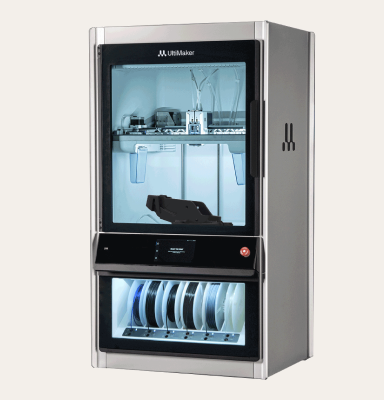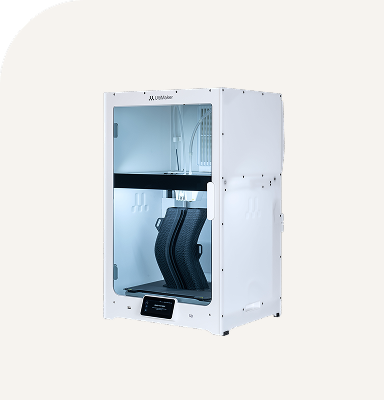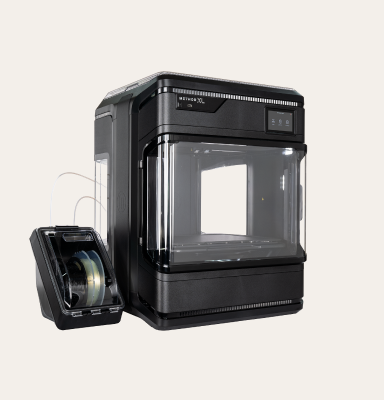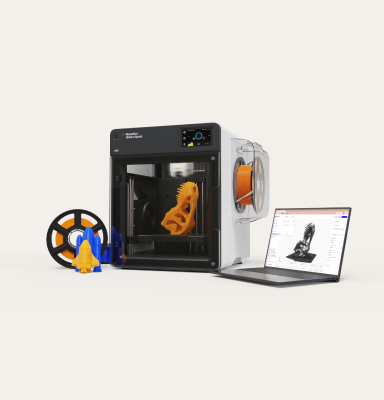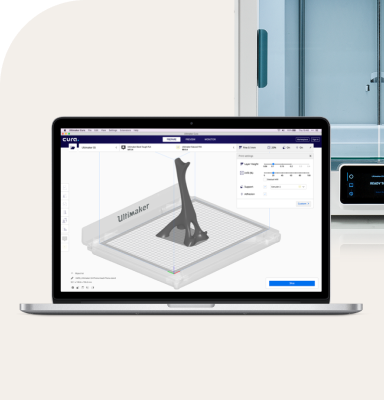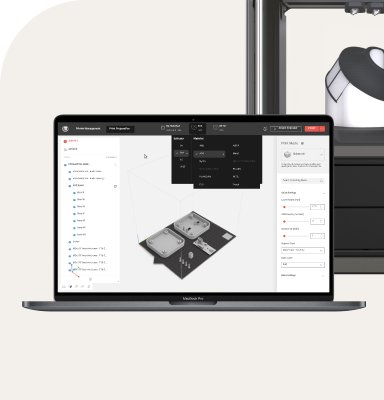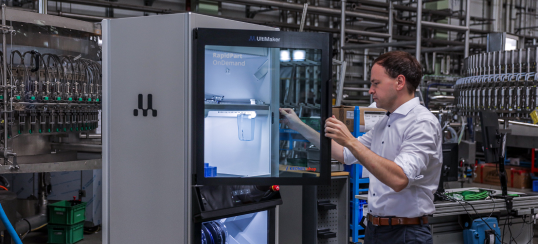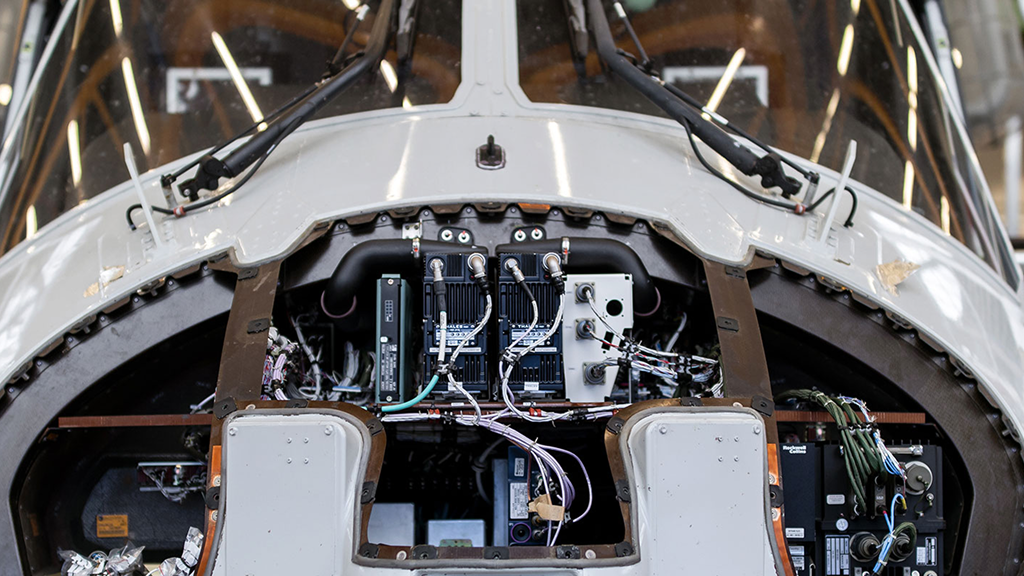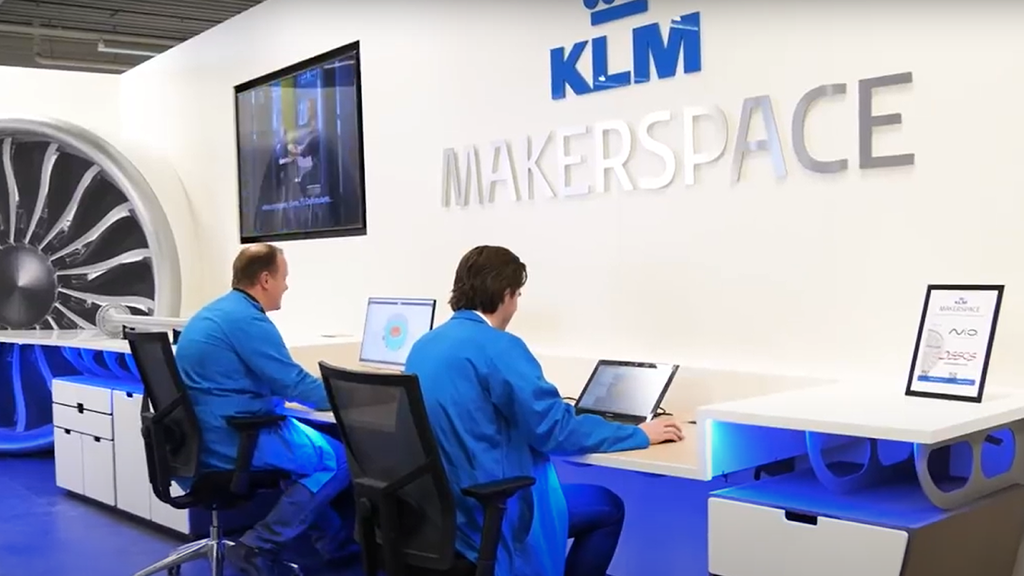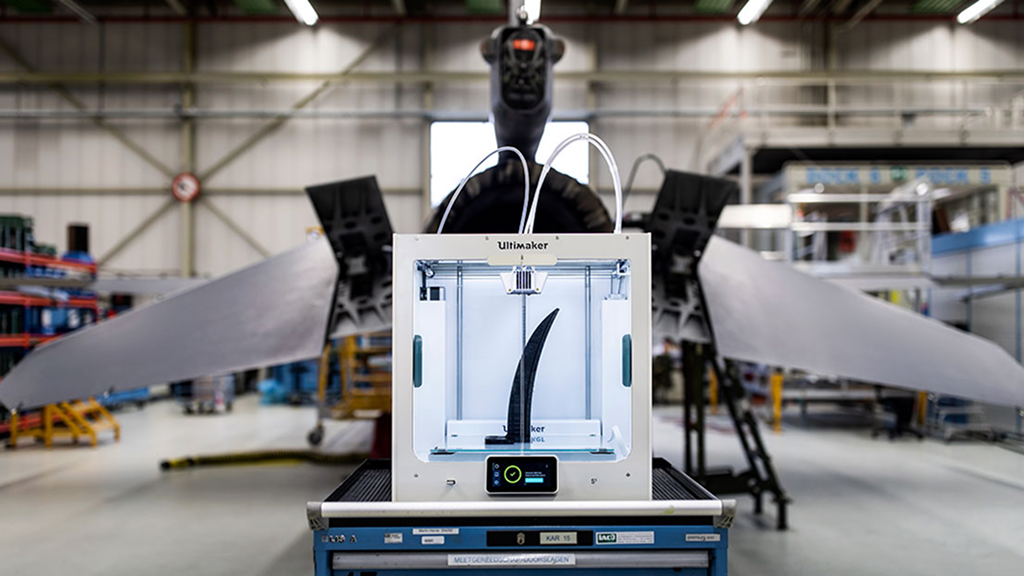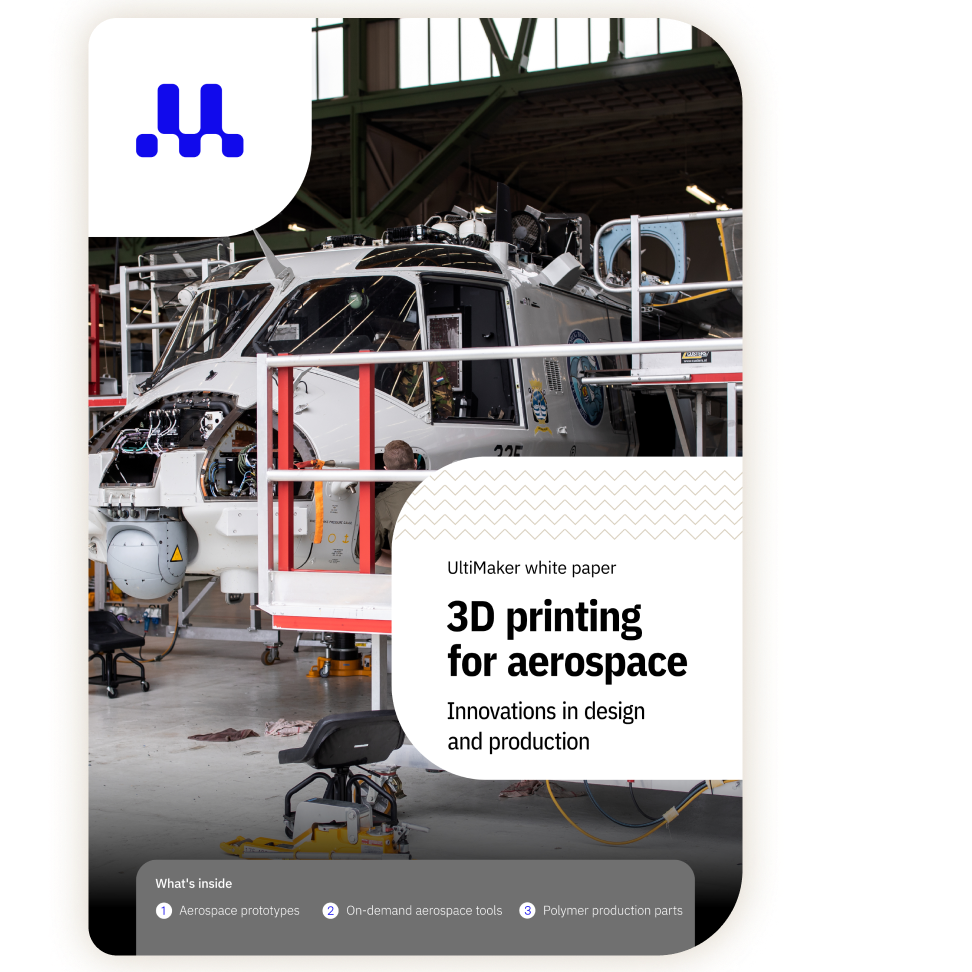Materials used in aviation 3D printing
The diverse applications of additive manufacturing in aerospace are made possible by a wide range of specialized materials. These materials are crucial in meeting the stringent requirements of the industry, balancing factors such as weight, strength, and heat resistance. Let's explore the key materials that are driving innovation in aviation 3D printing.
Aviation 3D printing relies on a diverse range of advanced materials to meet the stringent requirements of the aerospace industry. These materials must possess exceptional properties such as high strength-to-weight ratios, heat resistance, and durability to withstand the extreme conditions encountered in flight.
One of the most widely used materials is titanium and its alloys. Titanium offers an excellent combination of strength, lightweight properties, and corrosion resistance, making it ideal for producing critical components like engine parts and structural elements. The ability to 3D print complex titanium structures has revolutionized aircraft design, allowing for the creation of optimized geometries that were previously impossible to manufacture.
High-performance thermoplastics such as PEEK (Polyether Ether Ketone) and ULTEM have gained significant traction. These materials offer exceptional heat resistance, chemical stability, and mechanical strength, making them suitable for both interior and exterior aircraft components. PEEK, in particular, has shown promise in replacing metal parts in certain applications, further contributing to weight reduction efforts in aerospace engineering.
Composite materials have also found their place in aerospace 3D printing, with carbon fiber-reinforced polymers leading the way. These materials combine the lightweight properties of polymers with the strength and stiffness of carbon fibers, resulting in parts that are both durable and lightweight. 3D printing allows for precise control over fiber orientation, optimizing the structural properties of printed components.
For prototyping and tooling applications, aviation 3D printing often utilizes materials like ABS (Acrylonitrile Butadiene Styrene) and PLA (Polylactic Acid). While not suitable for flight-critical components, these materials offer cost-effective solutions for rapid prototyping, allowing engineers to quickly iterate designs before moving to more advanced materials.
Metals such as aluminum alloys and nickel-based superalloys play a crucial role, particularly for components that require high temperature resistance and strength. These materials are often used in engine components and other high-stress areas of aircraft, leveraging the design freedom of 3D printing to create optimized structures with improved performance characteristics.
Advancements in material science continue to expand the possibilities of aviation 3D printing. Researchers are exploring new alloys and composite formulations specifically tailored for additive manufacturing processes, aiming to further enhance the mechanical properties, printability, and overall performance of 3D-printed aerospace components.
Challenges and solutions in aerospace additive manufacturing
While the materials used in aviation 3D printing offer tremendous potential, their application is not without challenges. The aerospace industry must overcome several hurdles to fully realize the benefits of additive manufacturing. Let's examine these challenges and the innovative solutions being developed to address them.
While additive manufacturing in aerospace offers tremendous potential, several key challenges must be addressed to fully realize its benefits. One of the primary hurdles is ensuring consistent quality and reliability of 3D printed parts for critical aerospace applications. The layer-by-layer nature of additive processes can introduce potential weak points or defects that may compromise the structural integrity of components.
To overcome this challenge, aerospace manufacturers are implementing rigorous testing and quality control protocols. Advanced non-destructive testing methods, such as computed tomography (CT) scanning and ultrasonic inspection, are being utilized to detect any internal defects or inconsistencies in 3D printed parts. Additionally, in-situ monitoring systems are being developed to track the printing process in real-time, allowing for immediate detection and correction of any anomalies.
Another significant challenge is the limited range of aerospace-grade materials suitable for additive manufacturing. While progress has been made in developing printable metal alloys and high-performance polymers, there is still a need for materials that can withstand the extreme conditions encountered in aerospace environments.
To address this, research institutions and aerospace companies are collaborating to develop new materials specifically tailored for additive manufacturing. These efforts focus on creating materials with improved strength-to-weight ratios, heat resistance, and durability. For example, advanced metal powders with optimized particle size distributions are being engineered to enhance the mechanical properties of 3D printed aerospace components.
Certification and standardization pose another hurdle for widespread adoption. The aerospace industry operates under strict regulatory frameworks, and integrating 3D printed parts into aircraft requires extensive testing and certification processes.
To streamline certification, aerospace organizations are working closely with regulatory bodies to establish standardized procedures for qualifying 3D printed components. This includes developing comprehensive guidelines for material qualification, process validation, and part certification. Some aerospace manufacturers are also creating digital twins of their 3D printing processes, allowing for virtual testing and validation before physical production.
Scaling up aerospace 3D printing applications for high-volume production remains a challenge. While additive manufacturing excels in producing complex, low-volume parts, achieving the production rates required for commercial aerospace manufacturing can be difficult.
To address this, manufacturers are investing in large-scale 3D printing systems capable of producing multiple parts simultaneously. Advanced automation and robotics are being integrated into additive manufacturing workflows to increase efficiency and throughput. Additionally, hybrid manufacturing approaches that combine additive and subtractive processes are being explored to optimize production speed and precision.

